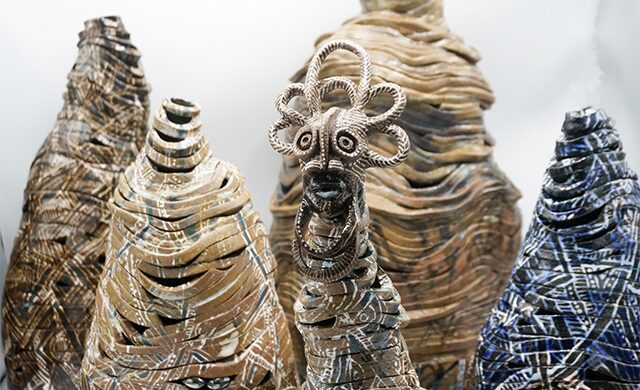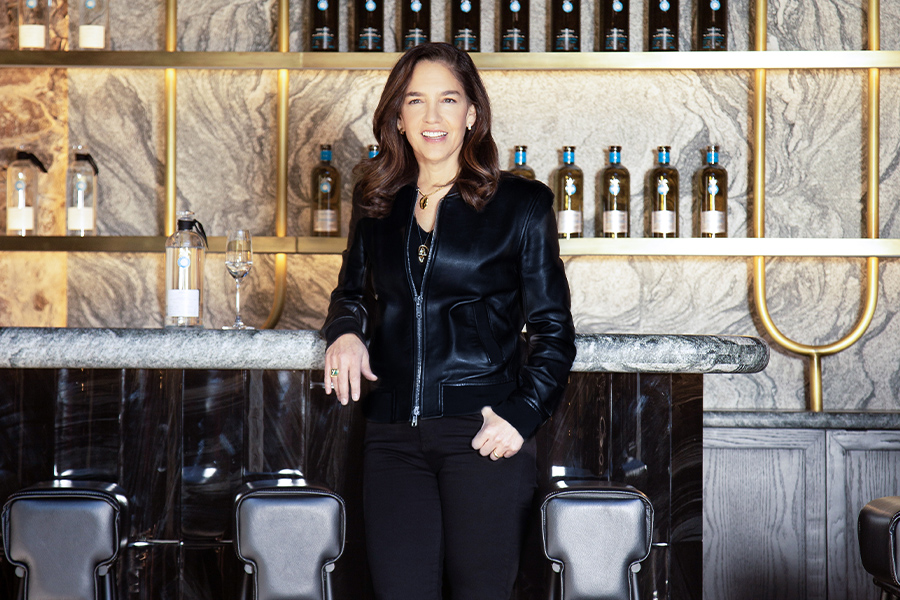Based in Brooklyn, New York, Malene Barnett is an artist and entrepreneur, who founded the Black Artists + Designers Guild (BADG). She introduced the platform two years ago in order to combat the lack of representation in the design industry and build a more inclusive creative culture. We recently caught up with Barnett to find out more about her career and global initiative.
How did you get your start?
I have been creating art ever since I was a child. Art really has no age, and I look at my artistic career as dynamic. When it comes to defining myself, artist is the general term I use because is it a broad definition for one who creates. I have always embraced this term.
What were some of the challenges you faced when starting out?
The art and design field is an obstacle in itself for people of color. This profession has not served Black people or our culture, and in turn, validates whiteness. This was a hard obstacle for me to overcome, and it is a phenomena that I have and will continue to fight against.
Can you shed some light on your experiences with diversity—or lack thereof—in the design and art industries?
Since the beginning of my design career, I have been troubled by the lack of Black representation in the industry. I should not have to open a magazine and say, ‘Oh, they featured another Black designer.’ There has always been a lack of diversity and black representation in this industry.
Why did you decide to launch BADG?
I decided to start BADG because I wanted to create a platform to champion Black artists, makers, and designers. Plus, create a safe space for the members to collaborate and just be. I knew there needed to be a platform that would display the accomplishments of Black creatives and provide media and potential clients with a resource so there are no more excuses for how our work and voices are not represented in the industry.
What are your goals for the future of BADG?
Expand membership, create more collaborative projects similar to our current collaboration BADG concept house, and build on our education initiatives. I am optimistic about where the design world is going. I hope all structures that were designed to exclude Black talent and culture are re-evaluated, and for each sector of the industry to come together to create a new mission toward decolonizing design. Once this commitment is implemented consistently in all sectors, the questions around how to support Black designers and everyone else who contributes to design will eventually be concerns of the past.
What are some of the shifts in the design industry that you’re keeping an eye on?
Right now, I am really excited about fashion, art, and design embracing textiles and ceramic patterns from Nigeria, Ghana, and South Africa. There was this monotone trend of gray and beige that we are slowly overcoming for more vibrant colors and patterns. This appreciation for Africa’s artistic traditions have always been strong and in style, and now more people recognize the artistry, especially during these times.

Ceramic works created by Barnett


